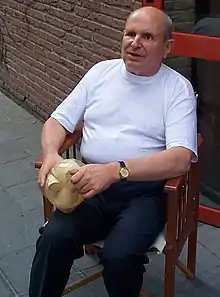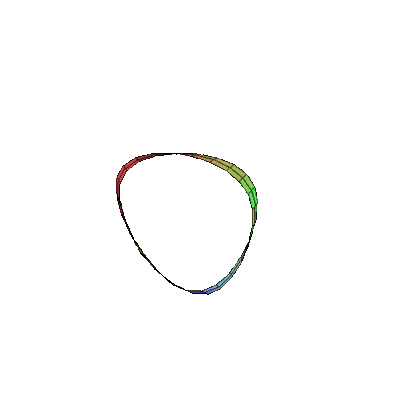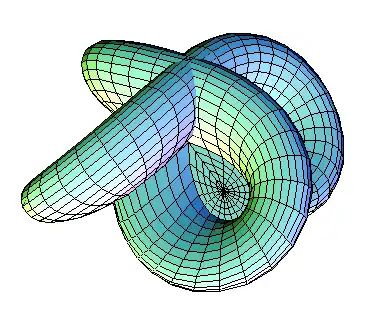Bernard Morin
Bernard Morin (French: [mɔʁɛ̃]; 3 March 1931 in Shanghai, China – 12 March 2018)[1] was a French mathematician, specifically a topologist.
Bernard Morin | |
|---|---|
 | |
| Born | March 3, 1931 Shanghai, China |
| Died | March 12, 2018 (aged 87) Paris, France |
| Nationality | French |
| Alma mater | École Normale Supérieure Centre National de la Recherche Scientifique |
| Scientific career | |
| Fields | Mathematics Topology |
| Institutions | Institute for Advanced Study University of Strasbourg |
| Doctoral advisor | René Thom |

Early life and education
Morin lost his sight at the age of six due to glaucoma, but his blindness did not prevent him from having a successful career in mathematics.[2] He received his Ph.D. in 1972 from the Centre National de la Recherche Scientifique.[3][2]
Career
Morin was a member of the group that first exhibited an eversion of the sphere, i.e. a homotopy (topological metamorphosis) which starts with a sphere and ends with the same sphere but turned inside-out. He also discovered the Morin surface, which is a half-way model for the sphere eversion, and used it to prove a lower bound on the number of steps needed to turn a sphere inside out.
He discovered the first parametrization of Boy's surface (earlier used as a half-way model) in 1978. His graduate student François Apéry later discovered (in 1986) another parametrization of Boy's surface, which conforms to the general method for parametrizing non-orientable surfaces.[4]
Morin worked at the Institute for Advanced Study in Princeton. Most of his career, though, he spent at the University of Strasbourg.

- Morin's surface.
See also
References
- "Décès de Bernard Morin". Société Mathématique de France (in French). Archived from the original on 2018-10-12. Retrieved 2018-10-11.
- Apéry, François. "BERNARD MORIN (1931-2018)" (PDF).
- "Bernard Morin". Institute for Advanced Study. Retrieved 20 July 2017.
- Weisstein, Eric W. "Boy Surface." From MathWorld--A Wolfram Web Resource. http://mathworld.wolfram.com/BoySurface.html
References
- George K. Francis & Bernard Morin (1980) "Arnold Shapiro’s Eversion of the Sphere", Mathematical Intelligencer 2(4):200–3.
External links
- Photos of Morin with stereolithography models of sphere eversion.
- The World of Blind Mathematicians, PDF file at the American Mathematical Society's website.